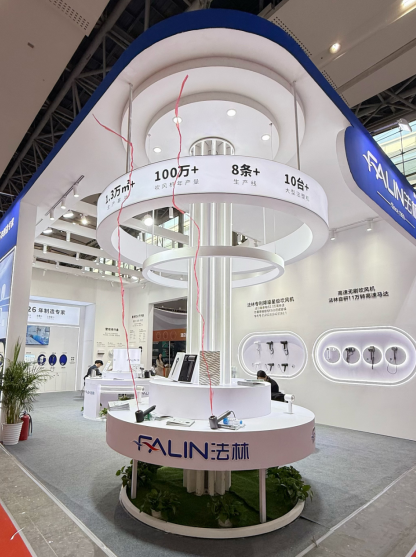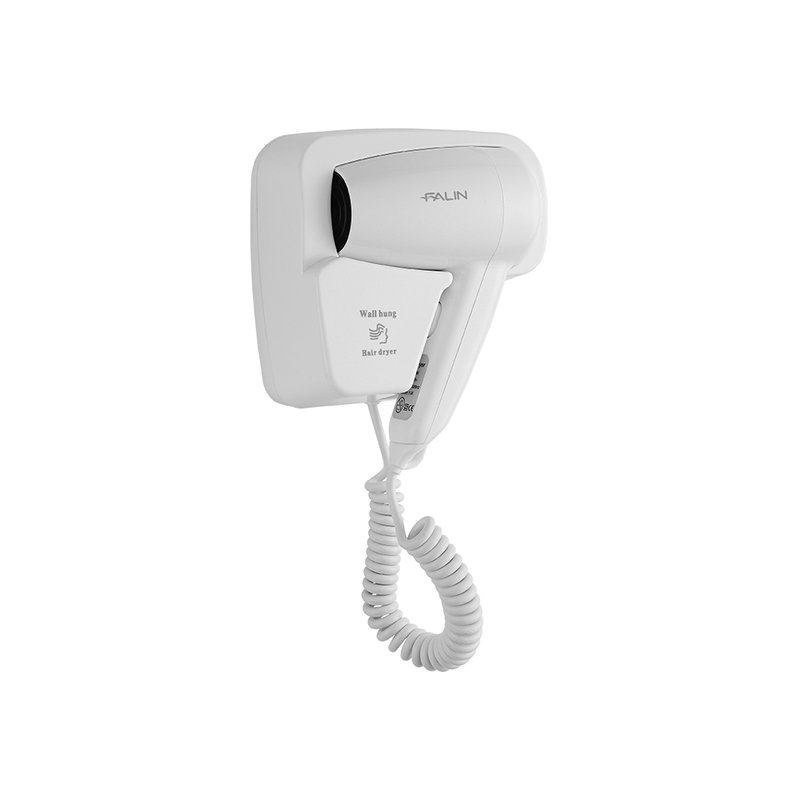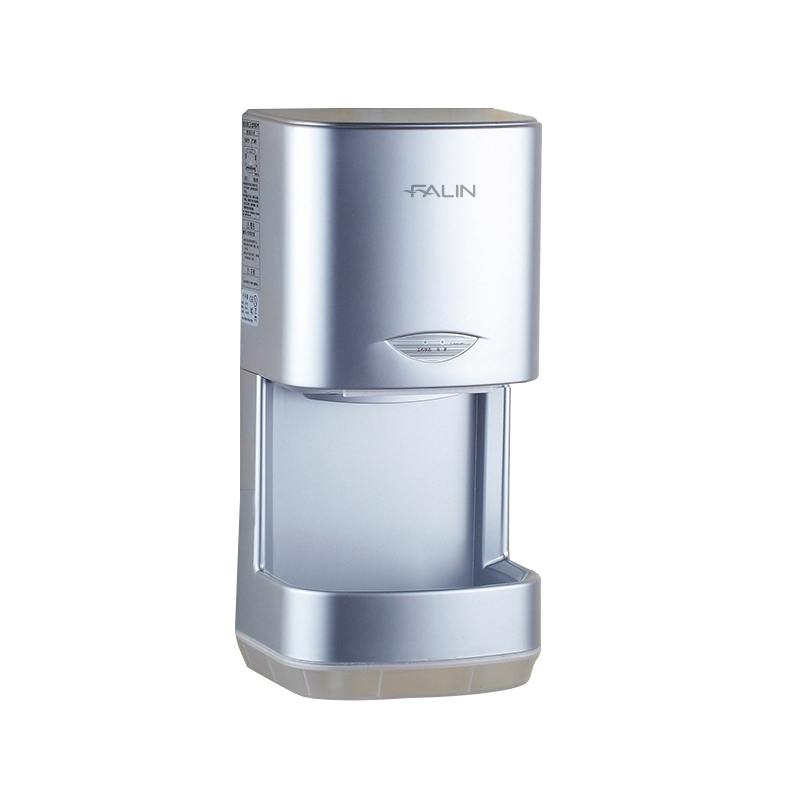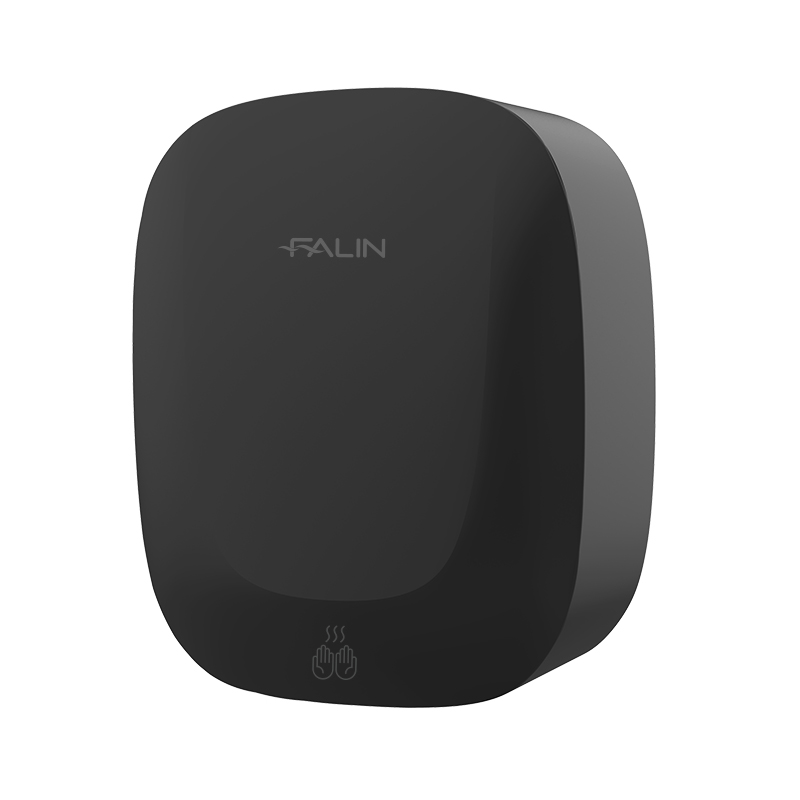Understanding the physics behind these devices reveals why today's fast boiling electric kettle models can heat water in record time while using less power than older units.
At the heart of every smart electric kettle lies a carefully engineered heating system. Traditional kettles used simple resistive coils that heated indiscriminately, but contemporary energy efficient electric kettle designs employ precision heating elements. These flat, disk-shaped components (often made from stainless steel or copper) improve surface area contact with water while minimizing heat loss to surrounding air. The result? A fast boiling electric kettle that transfers up to 90% of its energy directly into the water compared to just 60-70% in older models.
Thermodynamics plays a crucial role in smart electric kettle performance. Engineers optimize three key factors:
1. Heat Transfer Efficiency
energy efficient electric kettle models use conductive materials that rapidly distribute thermal energy. Some premium fast boiling electric kettle units incorporate copper plating beneath stainless steel - copper's outstanding thermal conductivity (385 W/m·K vs. stainless steel's 16 W/m·K) creates "hot spots" that initiate convection currents faster.
2. Precision Temperature Control
Modern smart electric kettle designs integrate microprocessors that monitor water temperature 50-100 times per second. This allows an energy efficient electric kettle to:
- Reduce power as boiling approaches
- Maintain good temperatures for different beverages
- Completely avoid energy-wasting "over-boiling"
3. Insulation Physics
Double-walled vacuum insulation in premium fast boiling electric kettle models follows the same principle as thermoses. By creating a vacuum barrier (where molecular collisions can't transfer heat), these smart electric kettle units keep water hot for hours without additional energy input.
The quest for faster boiling times has led to fascinating innovations in energy efficient electric kettle technology. Some breakthroughs include:
- Vortex Induction
Certain fast boiling electric kettle models shape their chambers to create swirling water movement. This vortex effect increases molecule collisions with heating surfaces, cutting boiling times by 15-20%.
- Phase Change Materials
Experimental smart electric kettle prototypes incorporate materials that store excess heat during boiling, then release it during subsequent uses - potentially saving 10-15% energy per cycle.
- Predictive Algorithms
Advanced energy efficient electric kettle units now learn usage patterns, pre-heating slightly when you typically make morning coffee while staying in ultra-low-power mode overnight.
The power management in modern fast boiling electric kettle designs demonstrates clever physics applications. While traditional kettles ran at full power until shut off, today's smart electric kettle models use:
- Pulse-Width Modulation
Rapidly cycling power (100-200 times/second) to maintain good temperatures without energy spikes
- Load Matching
Automatically adjusting wattage based on water volume (a full energy efficient electric kettle might use 1500W, while a single cup runs at 800W)
Looking ahead, the physics behind fast boiling electric kettle technology continues evolving. Researchers are exploring:
1. Nanostructured Heating Surfaces
Microscopic textures that create more boiling nucleation sites
2. Electromagnetic Induction Boiling
Eliminating heating elements entirely by inducing currents directly in water molecules
3. Solar-Integrated Designs
Smart electric kettle concepts that prioritize operation during peak solar generation hours
For consumers, understanding these principles helps select the right energy efficient electric kettle. Key indicators of advanced physics at work include:
- Boiling time under 2 minutes for 1L
- Variable temperature settings with ±1°C accuracy
- Energy ratings below 0.05 kWh per boil
The marriage of physics and engineering has transformed humble kettles into precision instruments. Today's best fast boiling electric kettle models don't just heat water - they apply thermodynamics, fluid dynamics, and materials science to deliver high quality efficiency. As this smart electric kettle technology continues advancing, we may soon see units that boil water in seconds using less energy than it takes to toast a slice of bread.


 English
English 中文简体
中文简体






 Building 19, Block 9, Bihu Wangyang Town, Liandu District, Lishui City, Zhejiang Province, China
Building 19, Block 9, Bihu Wangyang Town, Liandu District, Lishui City, Zhejiang Province, China 